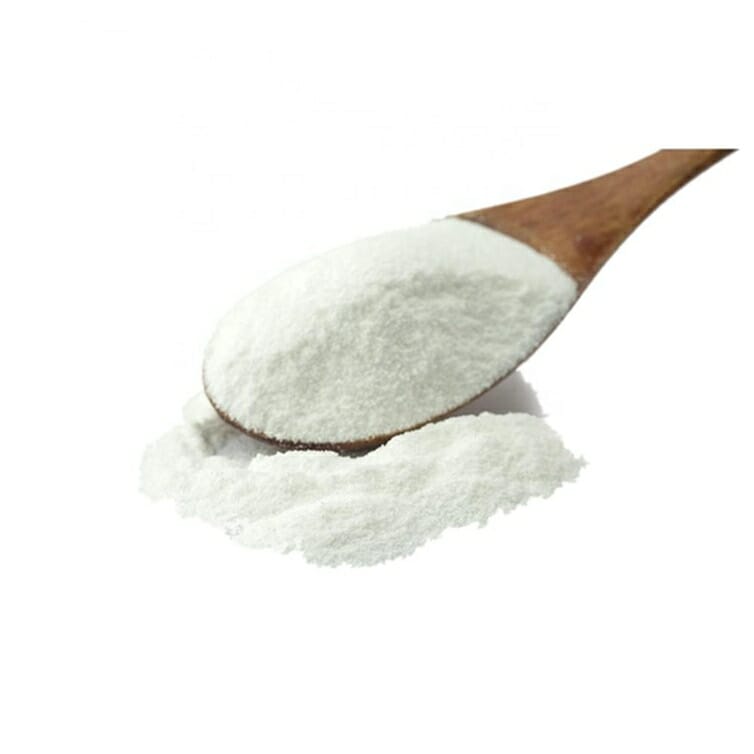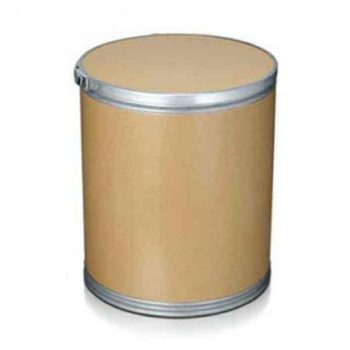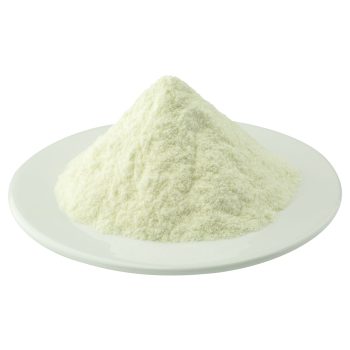| 製品名 | パントテン酸カルシウム |
| CAS番号 | 137-08-6 |
| 試験方法 | HPLC |
| 外観 | 白い粉 |
| 貯蔵寿命 | 適切な保管で2年間 |
| 学年 | 食品・医薬品 |
| 最小注文数量 | 1kg/袋 |
| パッケージ | ボトル、バッグ、アルミホイルバッグ |
| ストレージ | 強い光や熱を避け、涼しく乾燥した場所に保管してください。 |
導入
パントテン酸カルシウムは、化学式C18H32O10N2Caの有機物質である。水やグリセリンには溶けやすいが、アルコール、クロロホルム、エーテルには溶けない。医薬品、食品、飼料添加物に使用される。糖質、脂質、タンパク質の代謝に関与する補酵素Aの構成成分である。臨床的には、ビタミンB欠乏症、末梢神経炎、手術後の疝痛の治療に用いられる。
機能と応用
• 主に医薬品、食品、飼料添加物に使用される。コエンザイムAの構成成分であり、糖質、脂質、タンパク質の代謝に関与する。それは正常な生理学的機能を維持するために人間や動物にとって不可欠な微量物質です。70%以上が飼料添加物として使用されています。
• 臨床的には、ビタミンB欠乏症、末梢神経炎、手術後の疝痛の治療に用いられる。体内のタンパク質、脂質、糖質の代謝に関与する。




